Introduction
Plants are like nature's magicians. They take in sunlight, water, and air and transform them into food and oxygen. But to do this magic, they need some unique parts, just like we have our special body parts. This lesson will take learners on an exciting adventure with AutoDraw, where they will discover the key parts of a plant: the roots, the stem, the leaves, the flowers, and the fruits and see how these parts work together to help the plant grow, make more plants, and provide food.
Get ready to draw and explore as we learn about each part, what it does, and how it makes the plant world so amazing!
Prior Knowledge:
Learners should have:
● Basic understanding of plants as living organisms.
● Awareness of the need for soil, water, and sunlight for plant growth.
● Some experience using drawing tools.
Lesson Objectives:
Learners will:
● Identify plant parts: roots, stem, leaves, flowers, and fruits.
● Describe the functions of each plant part.
● Use AutoDraw to create visual representations of plant parts.
● Cultivate curiosity about the natural world.
Learning Outcomes:
Learners will be able to:
● Label and illustrate plant parts accurately.
● Explain the role of plant parts in plant growth.
● Create visual representations of plant parts using AutoDraw.
● Use scientific terminology related to plant anatomy.
● Develop a deeper understanding of nature, particularly plants.
Lesson Overview
Resources:
● Teaching slides
● Tech Tutorial
Pre-lesson Prep
● Like all lessons on Eddy, this lesson follows a certain approach. If this is your first time implementing an Eddy lesson, check out our lesson approach for more information.
● Prepare necessary technology/hardware in advance
○ Devices (tablets/laptops/Chromebooks/computers) - one per team
○ A stable wifi connection.







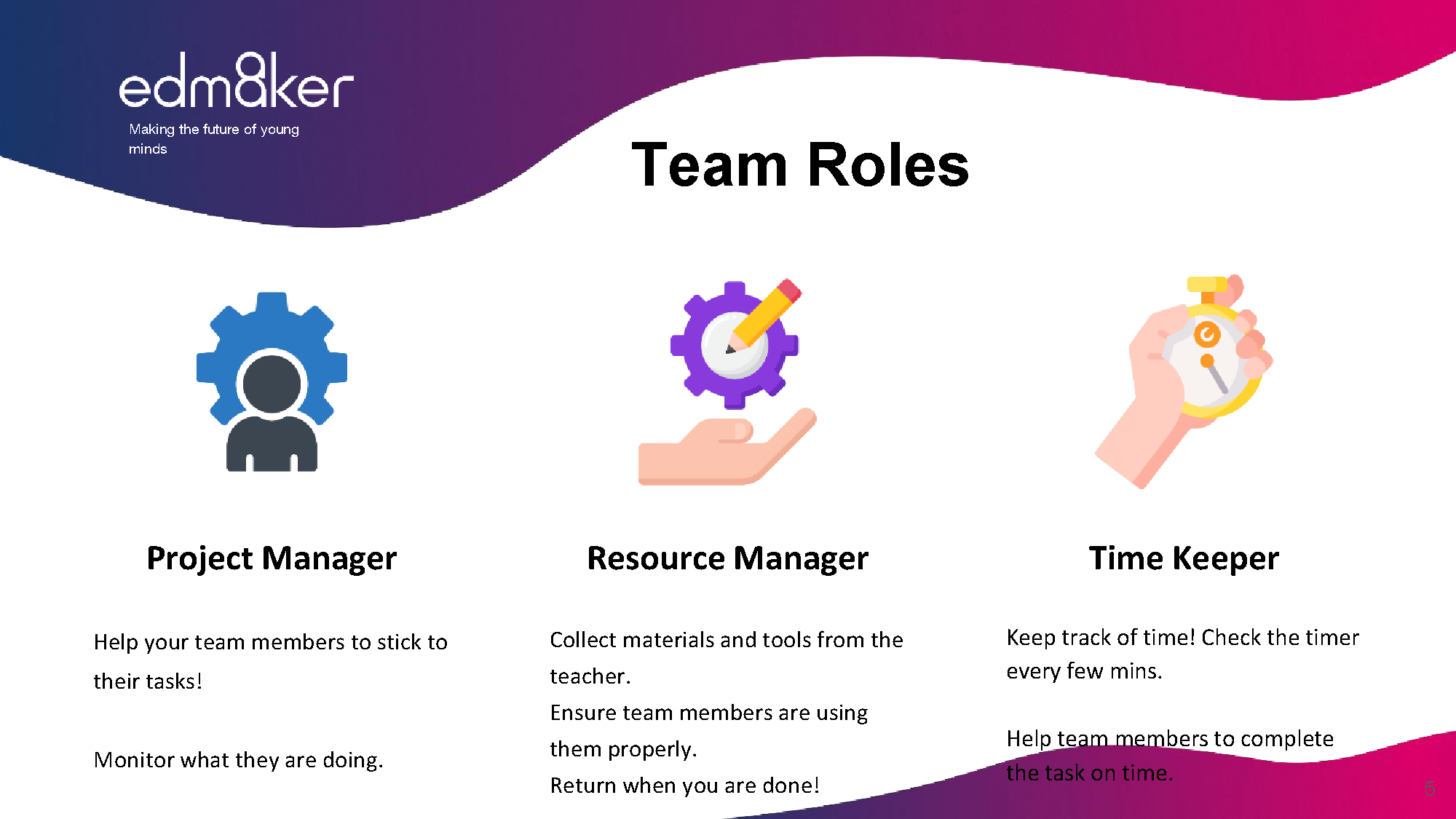
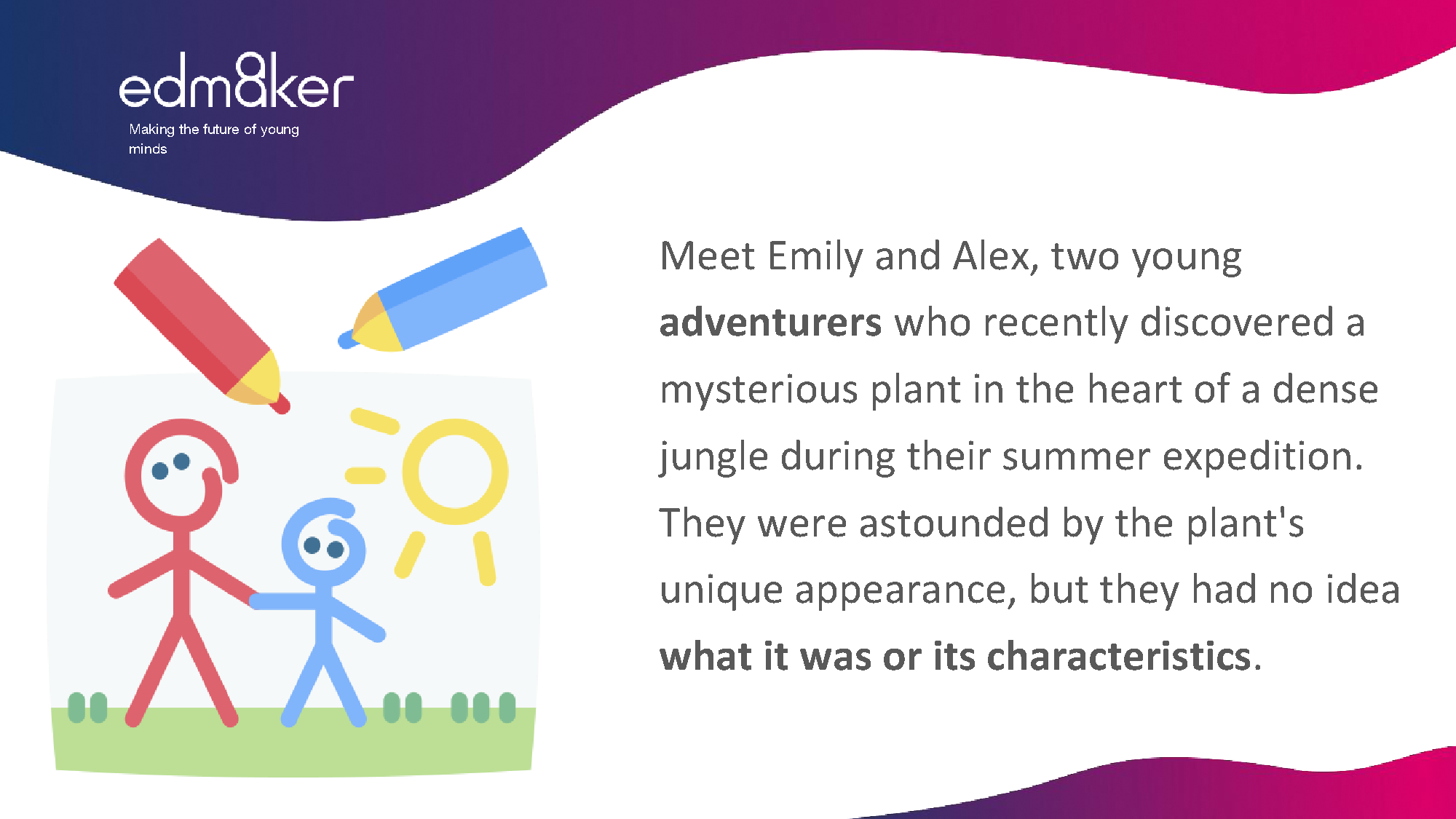

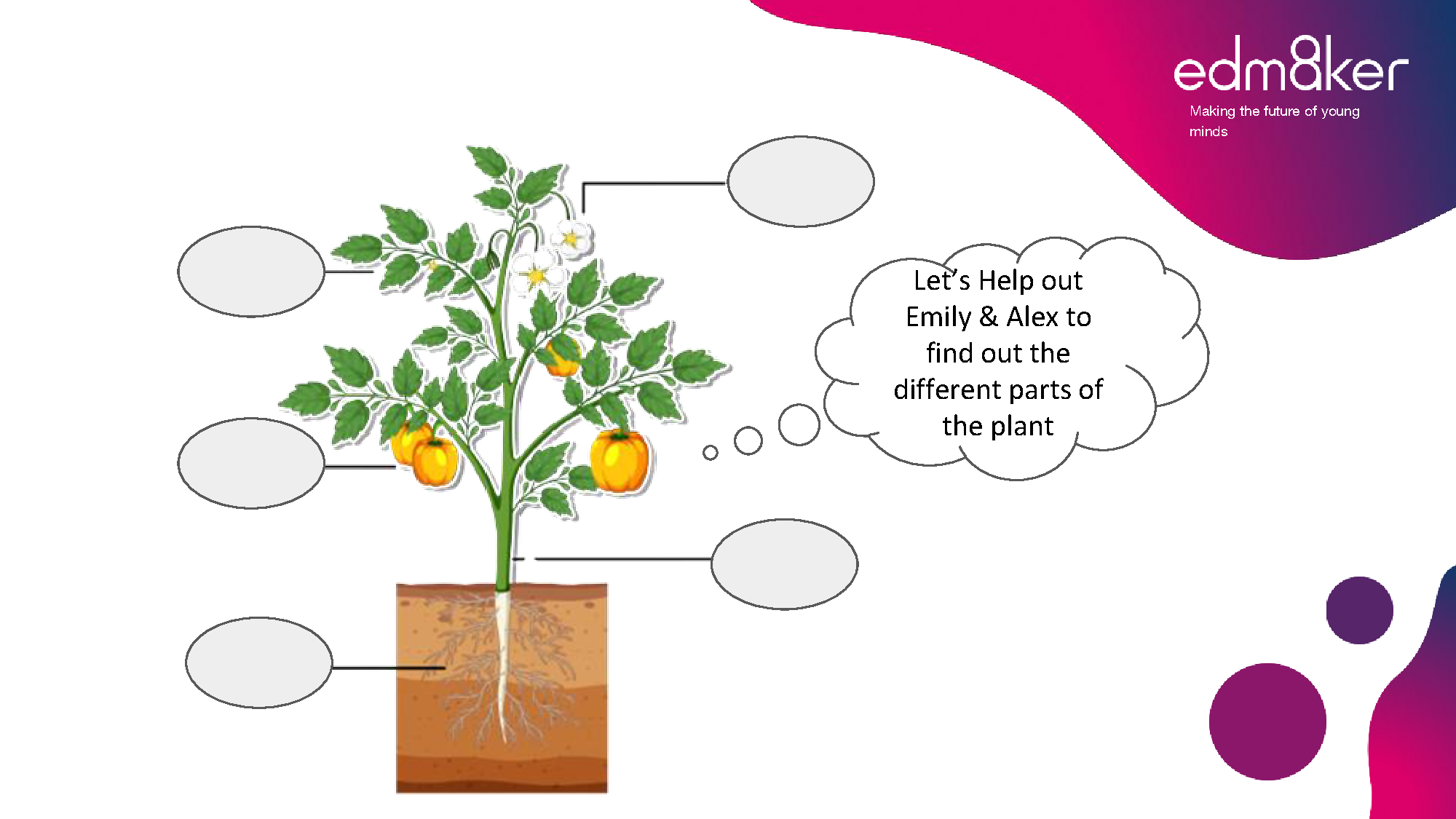
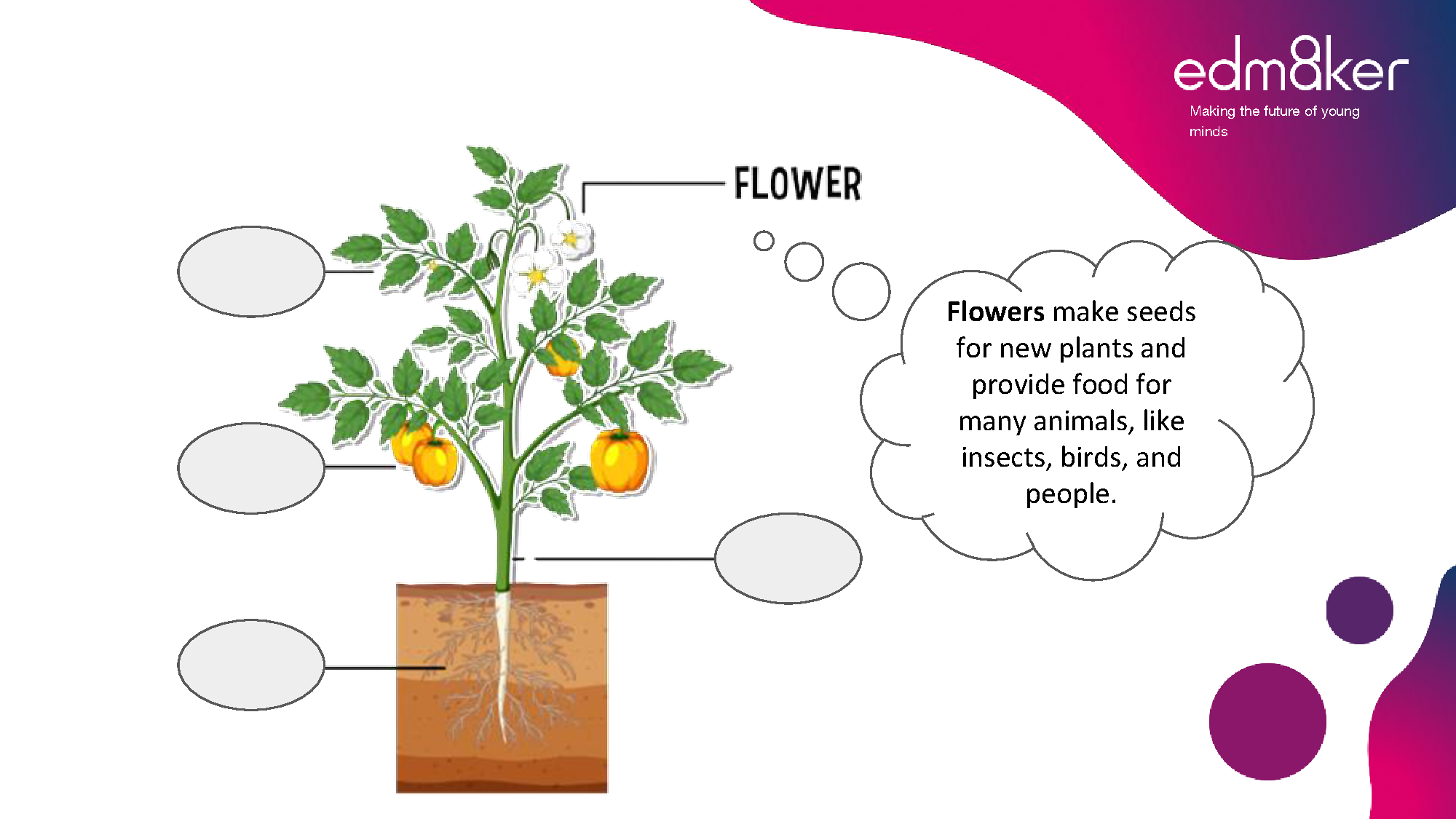
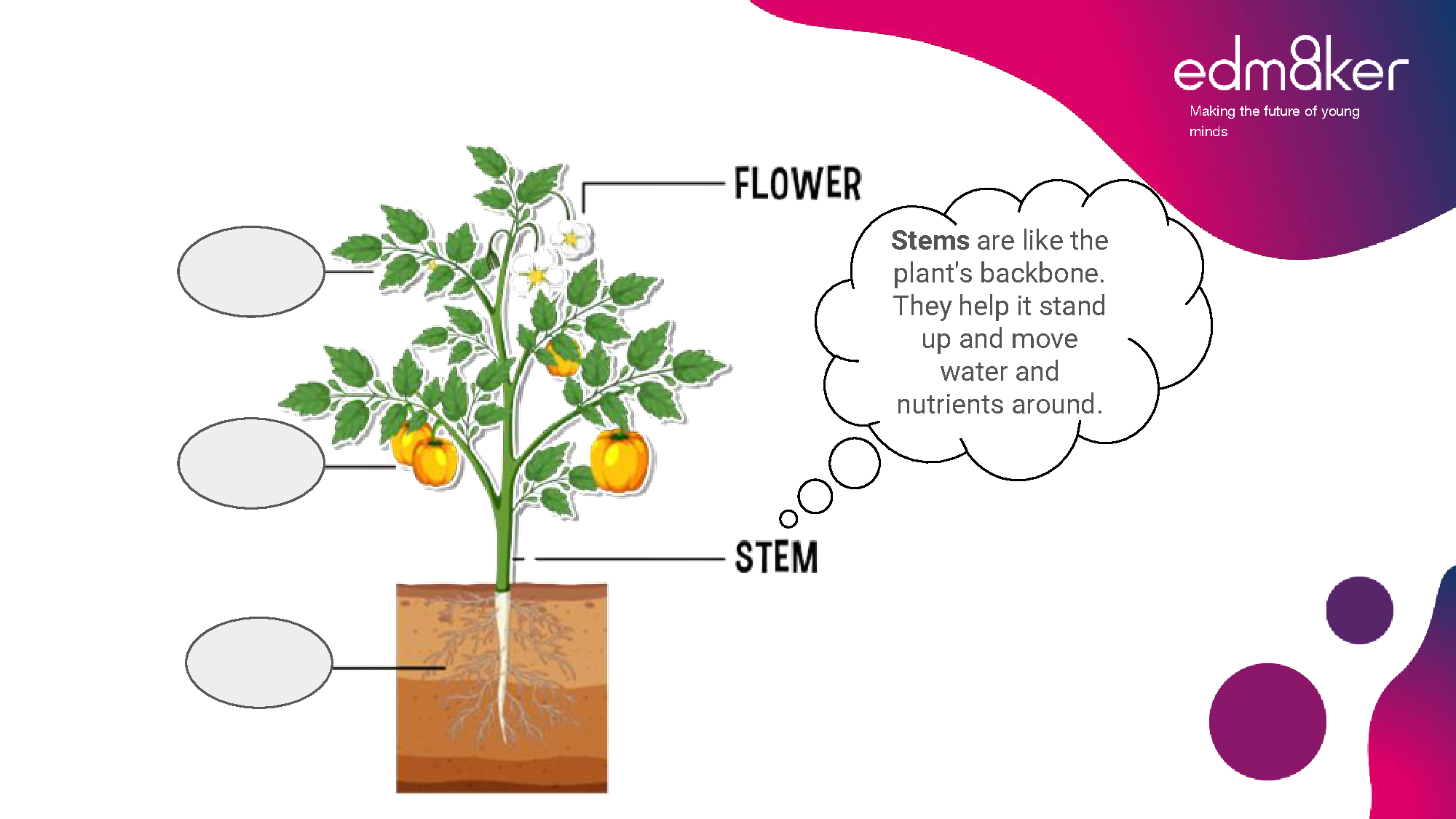
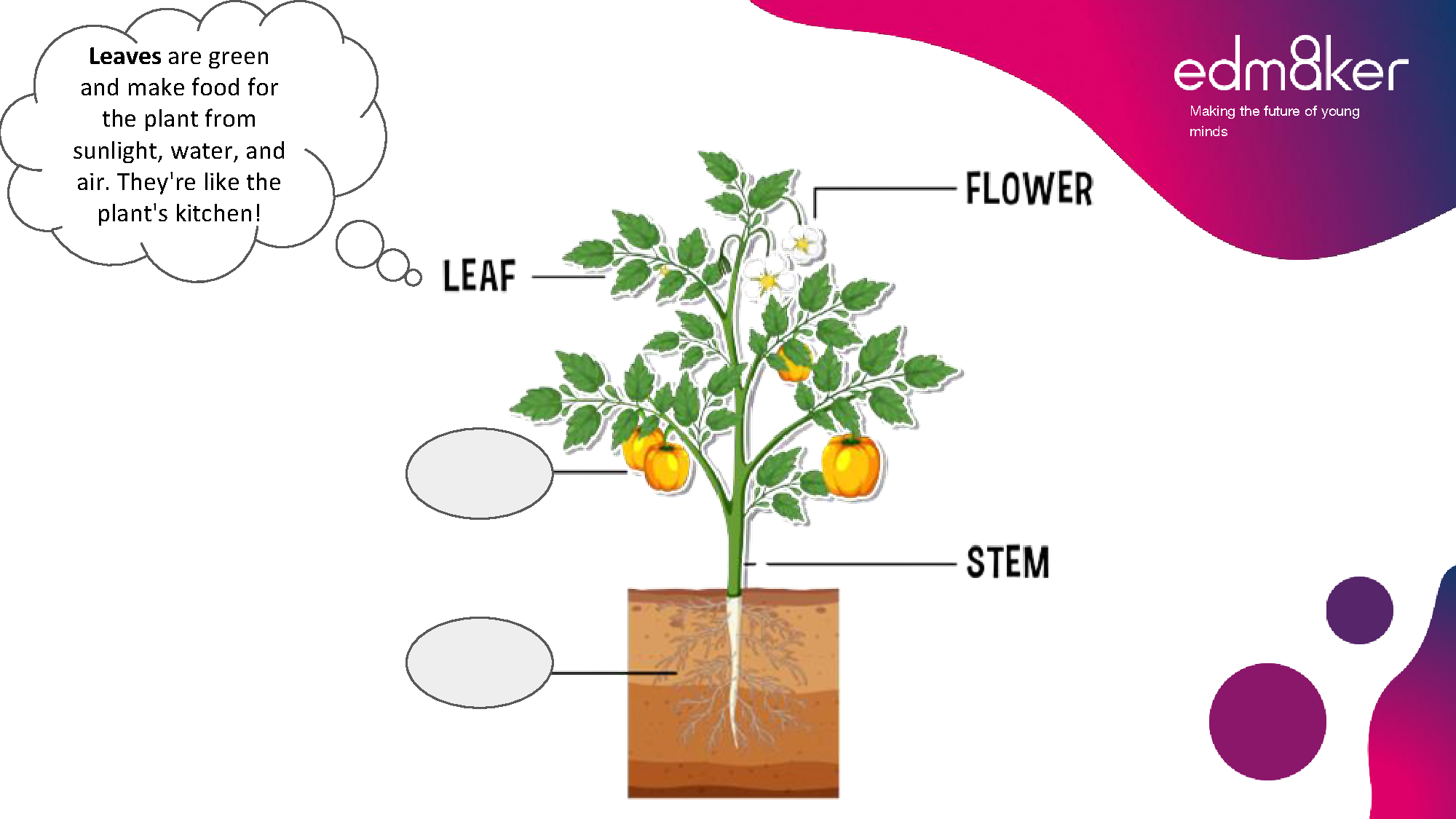
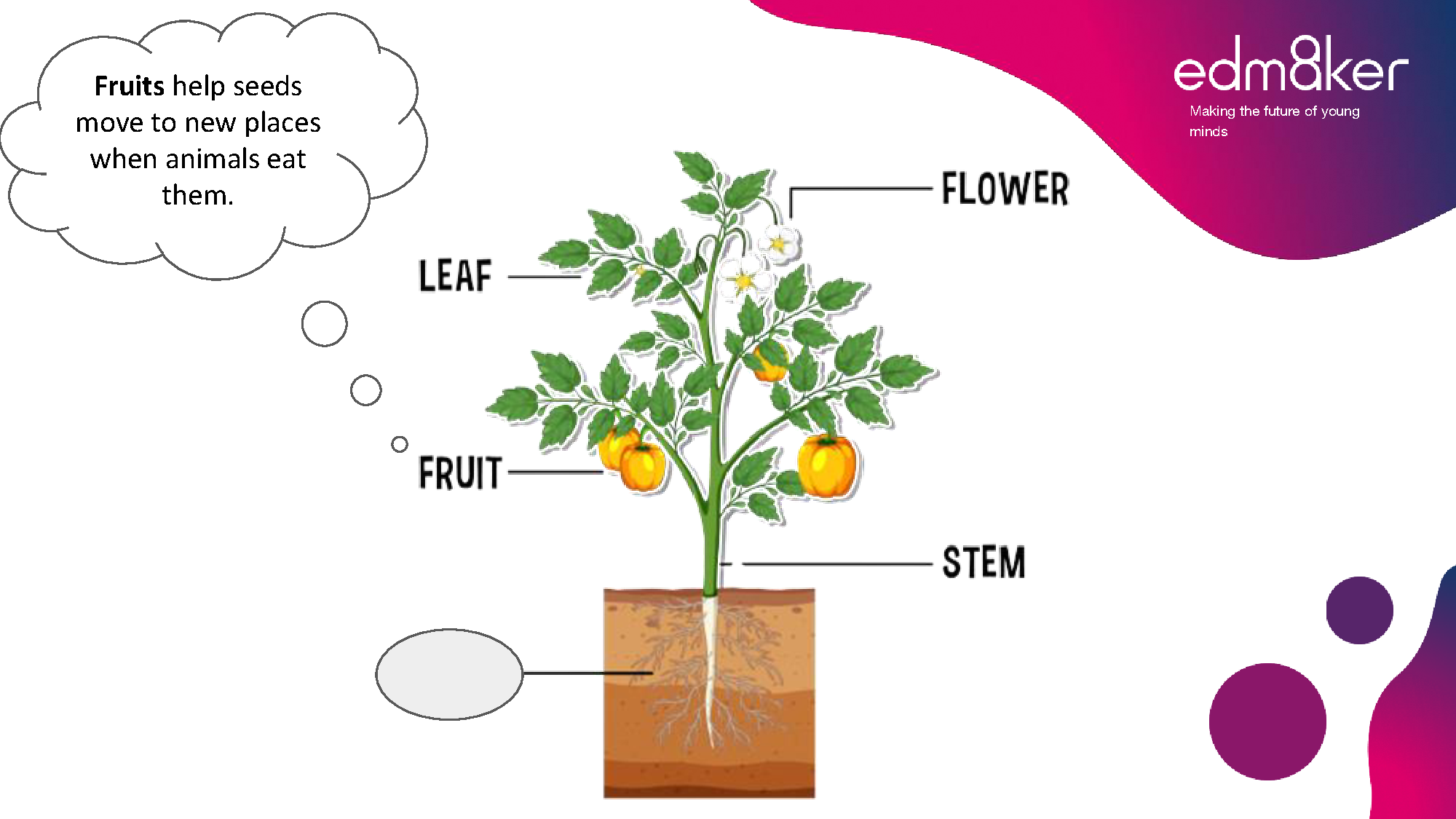
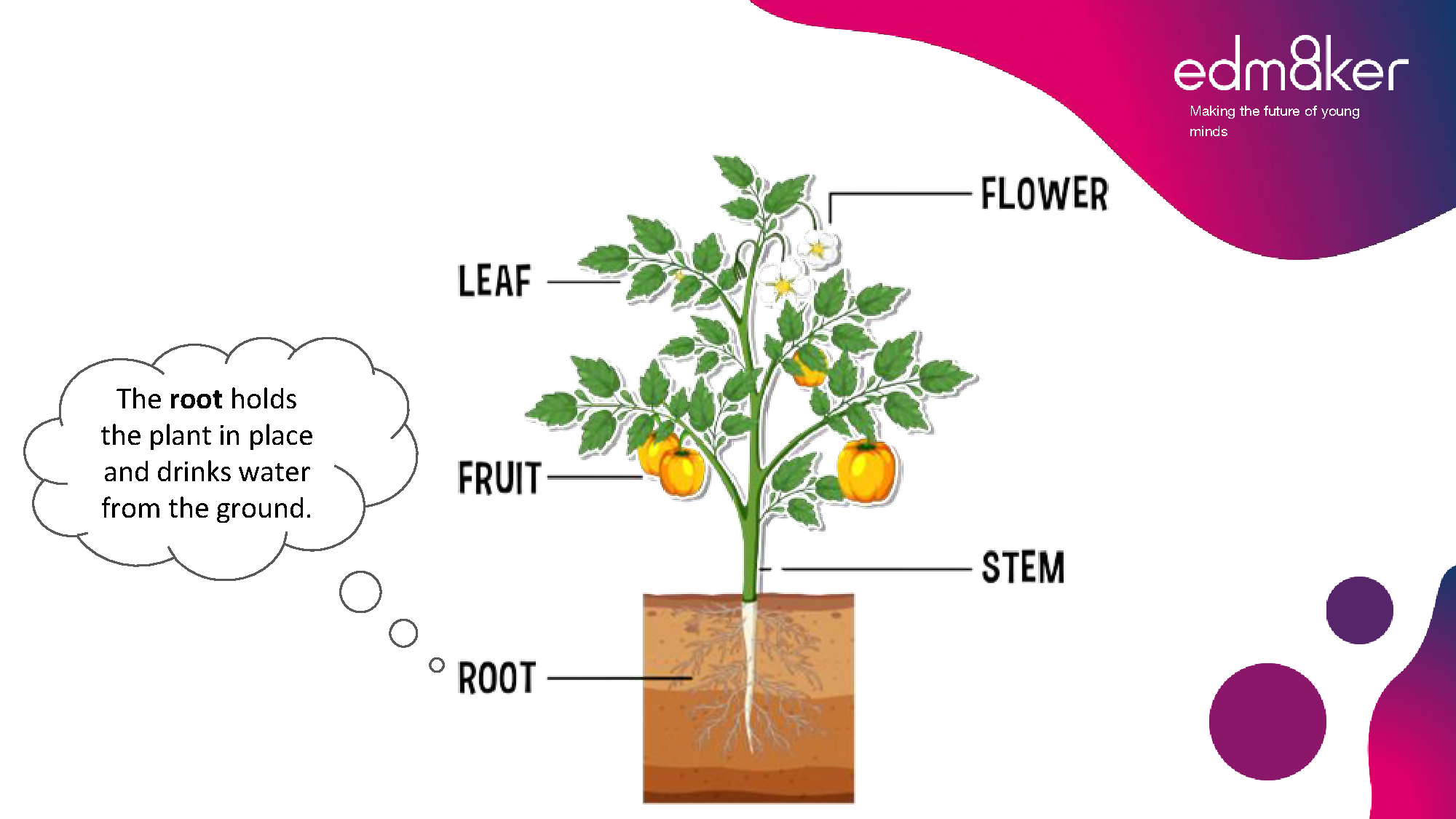
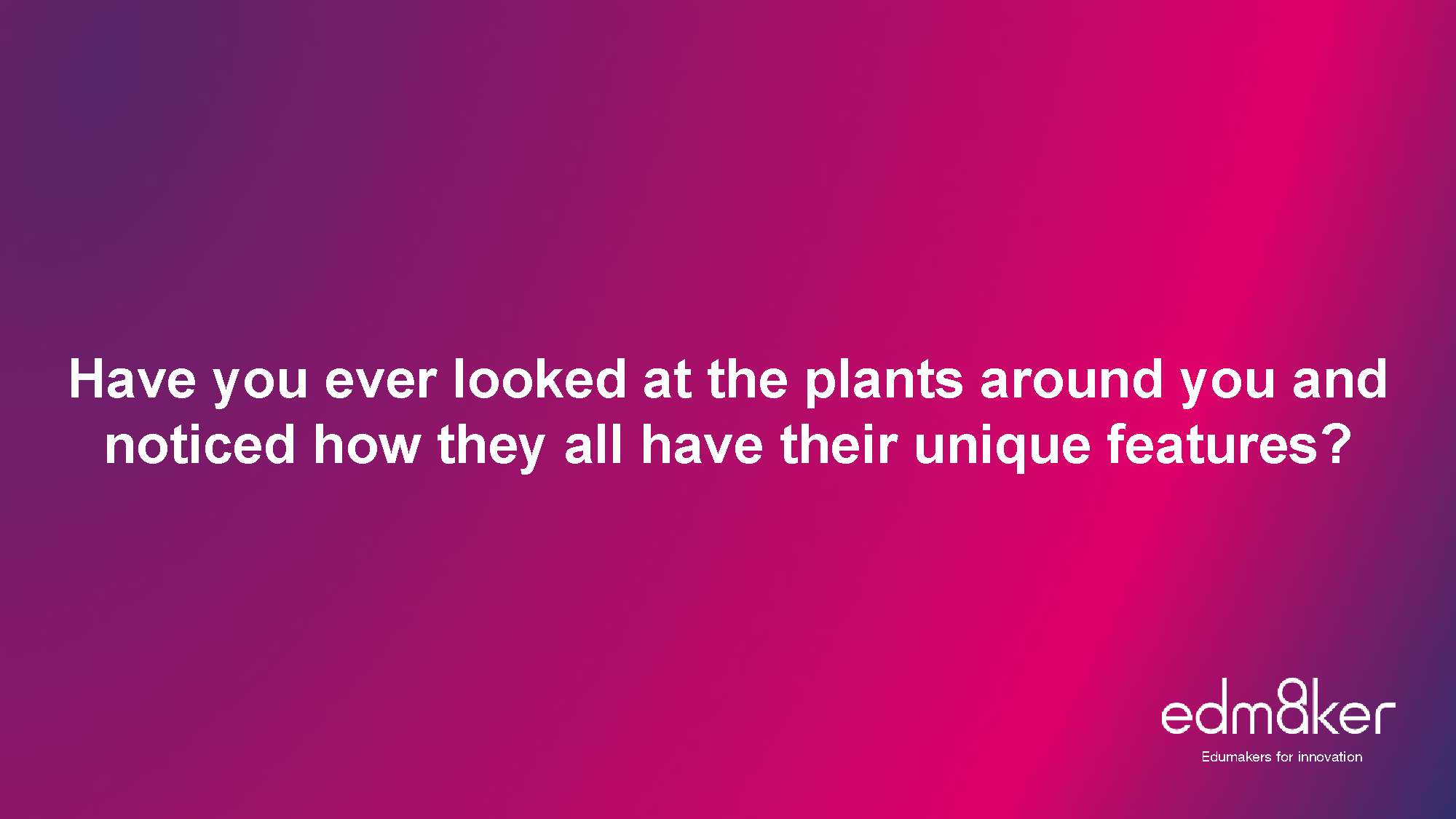
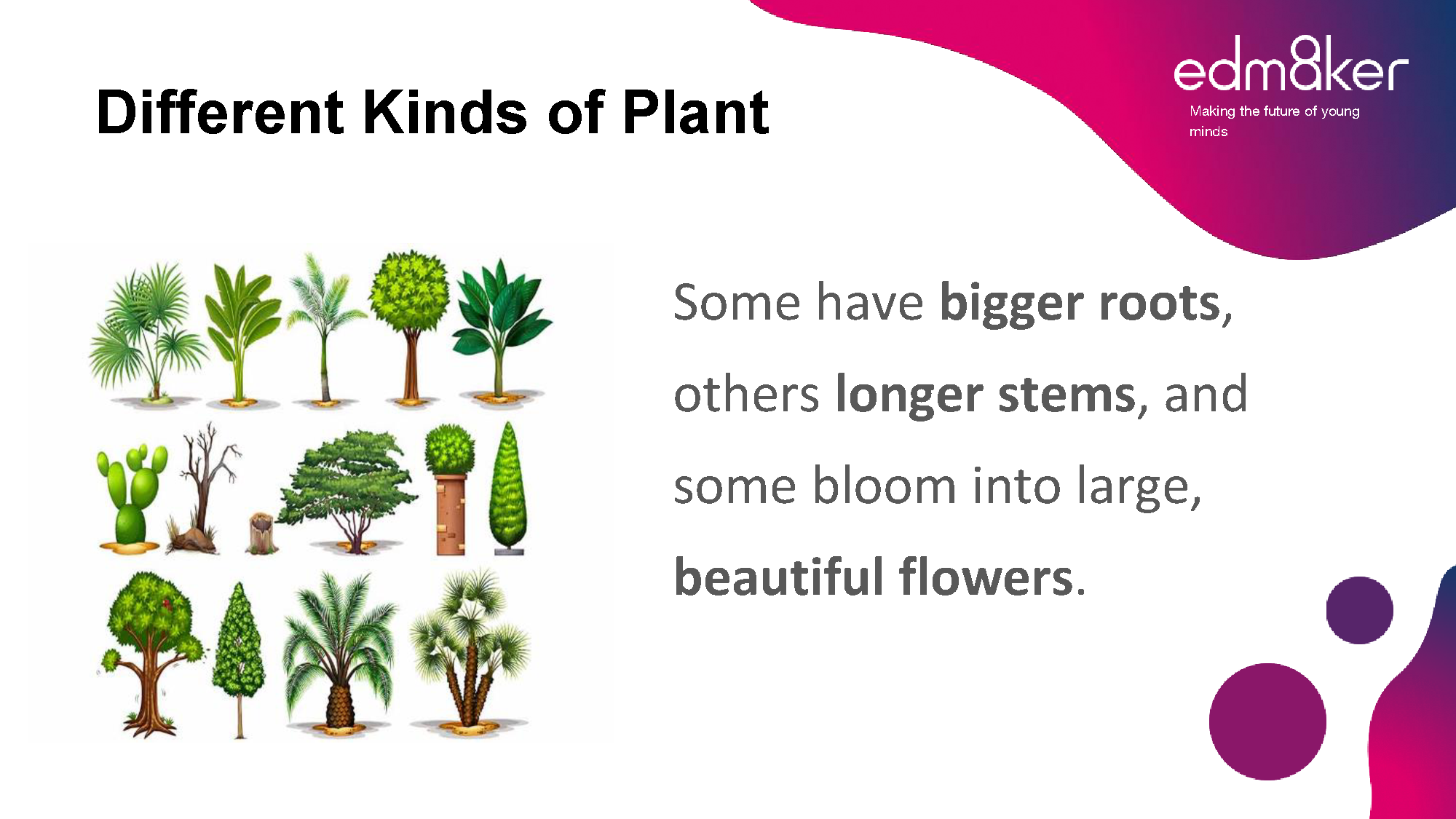
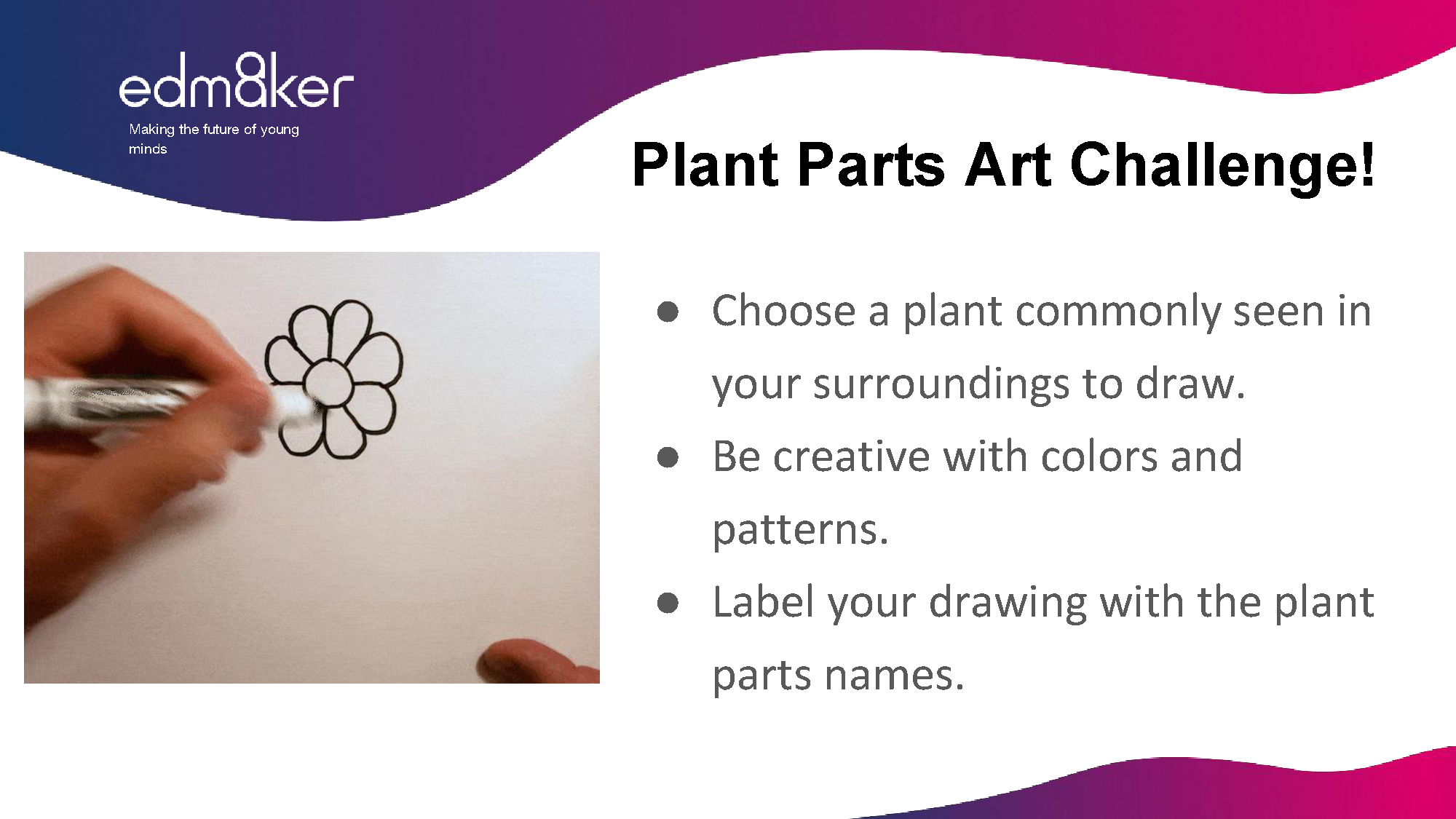

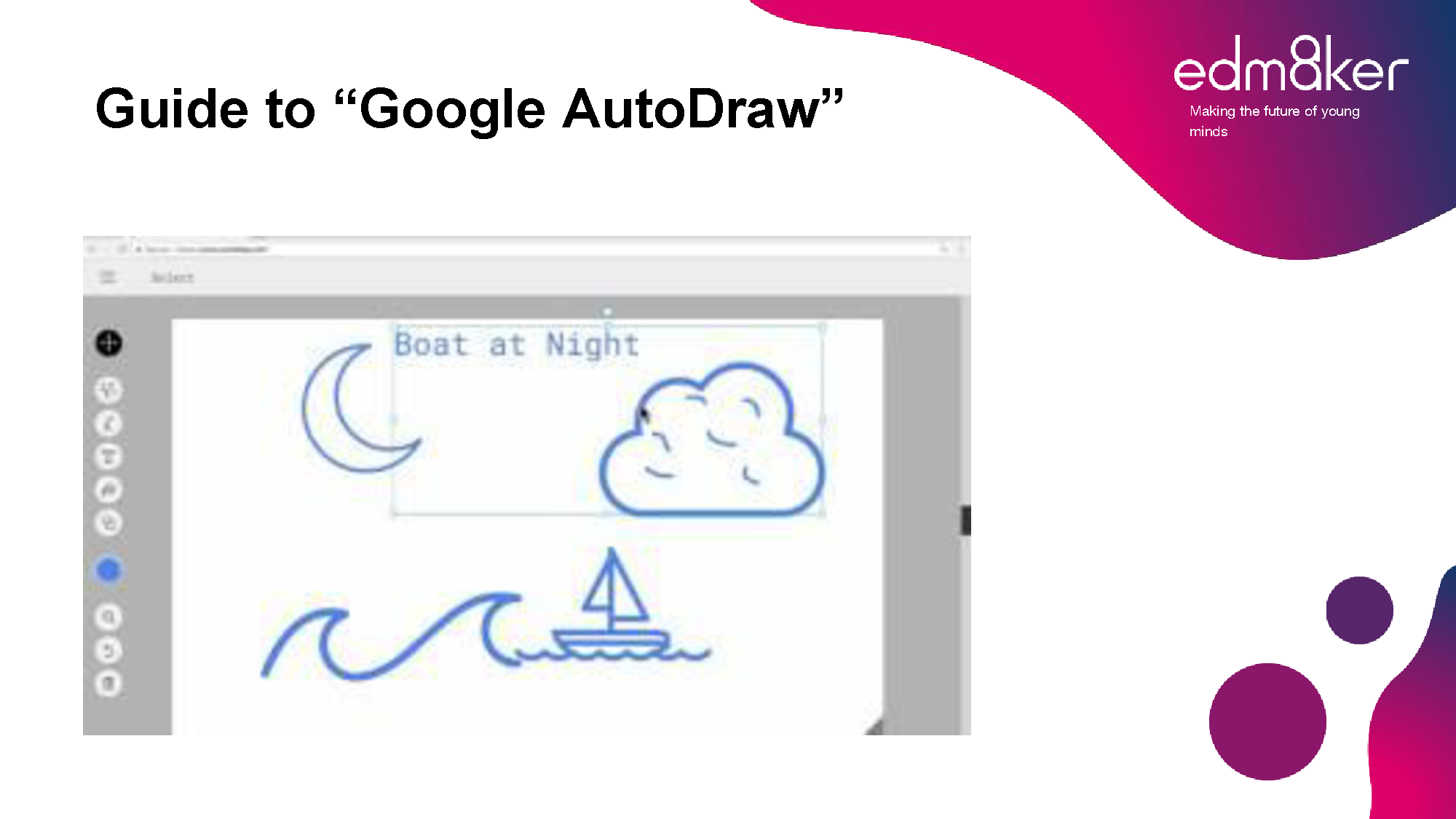

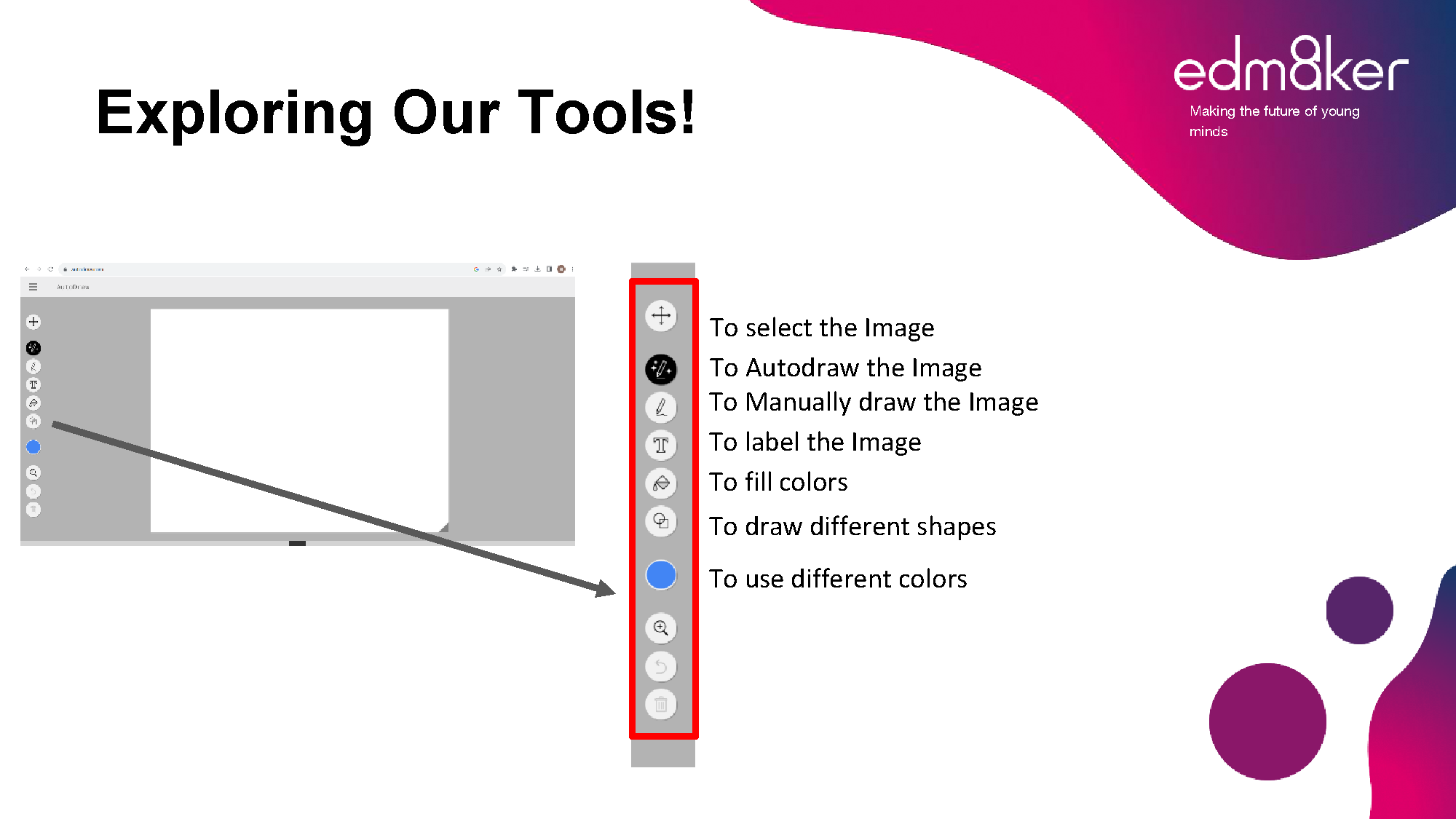
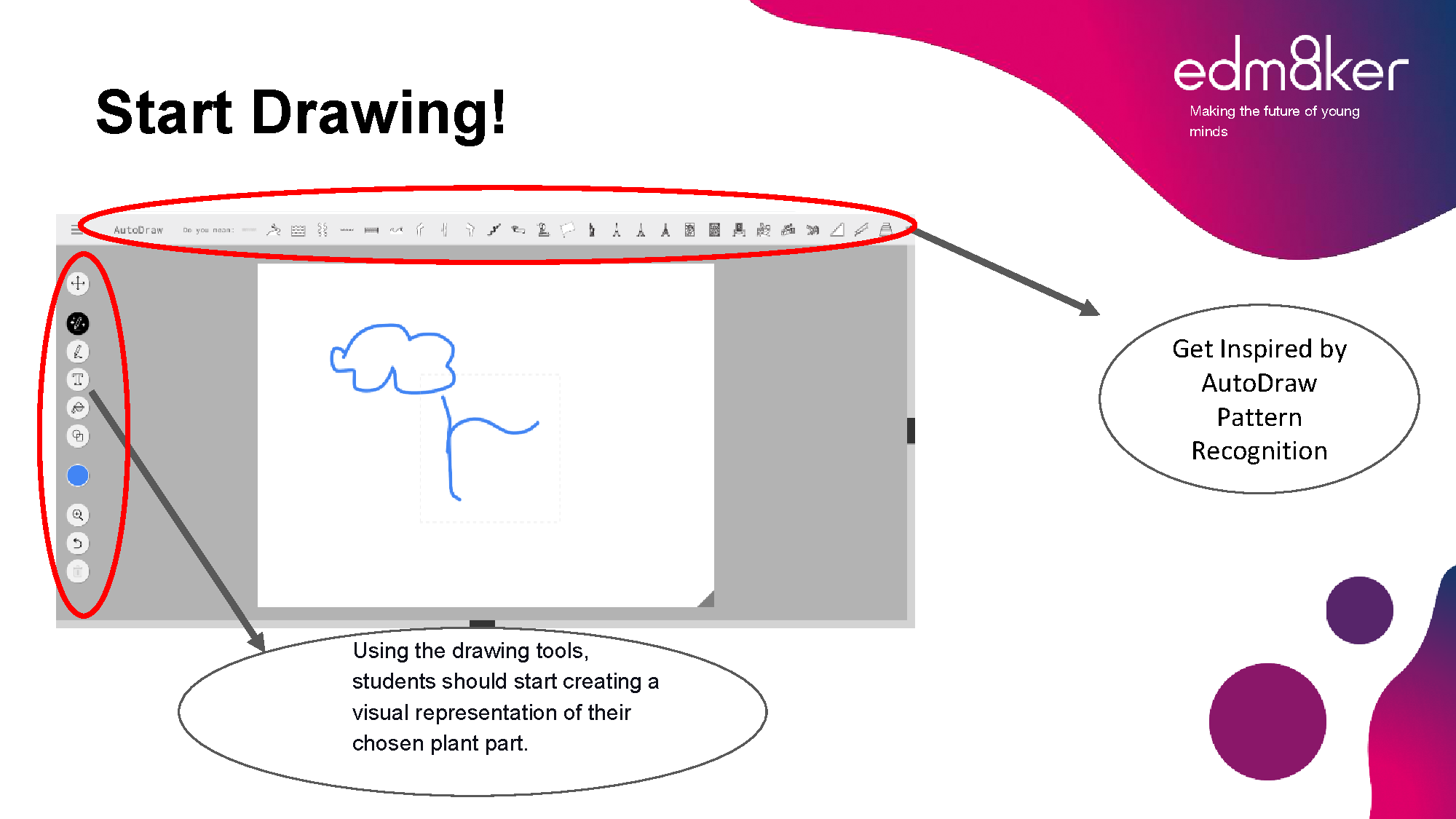
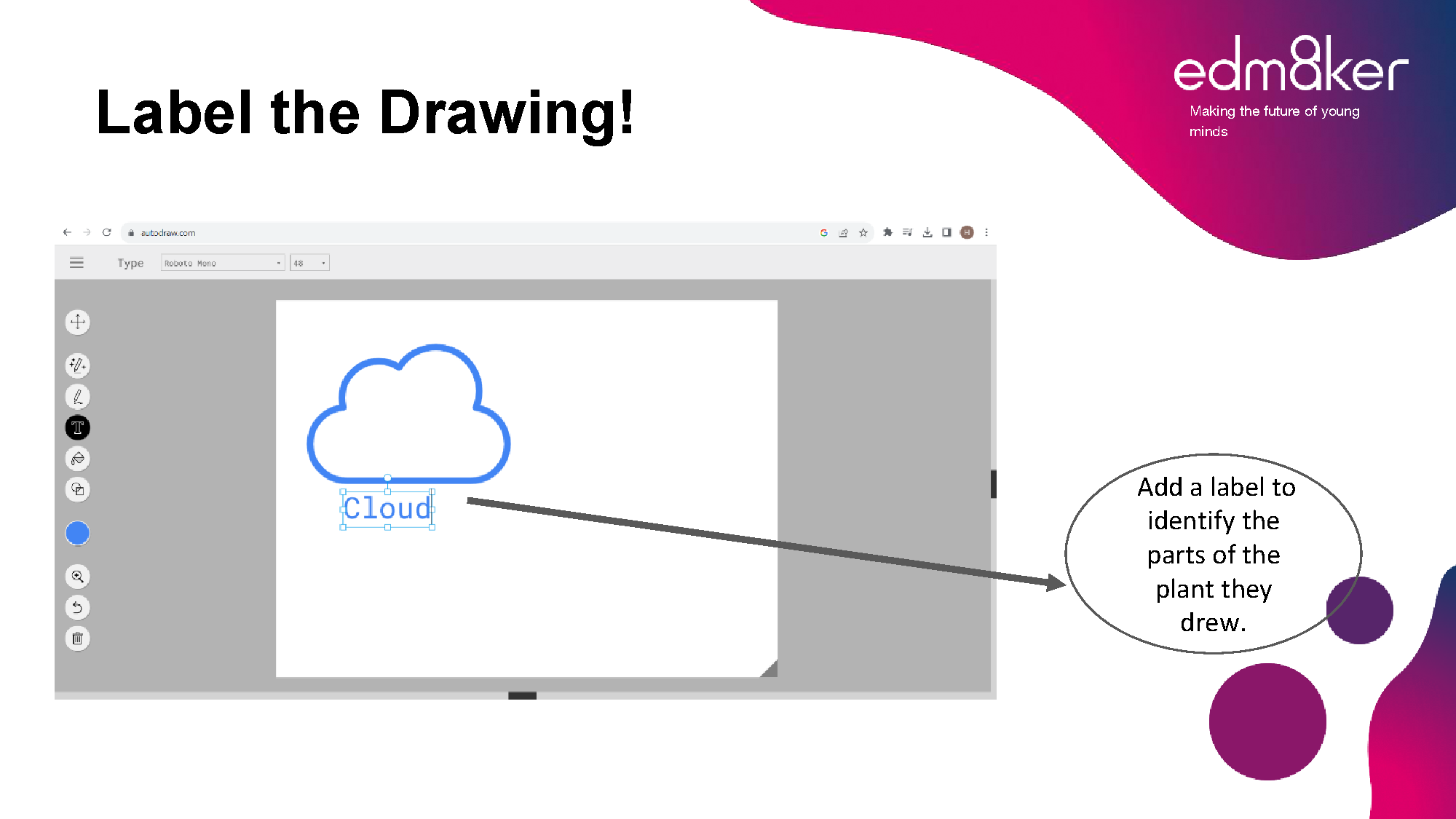
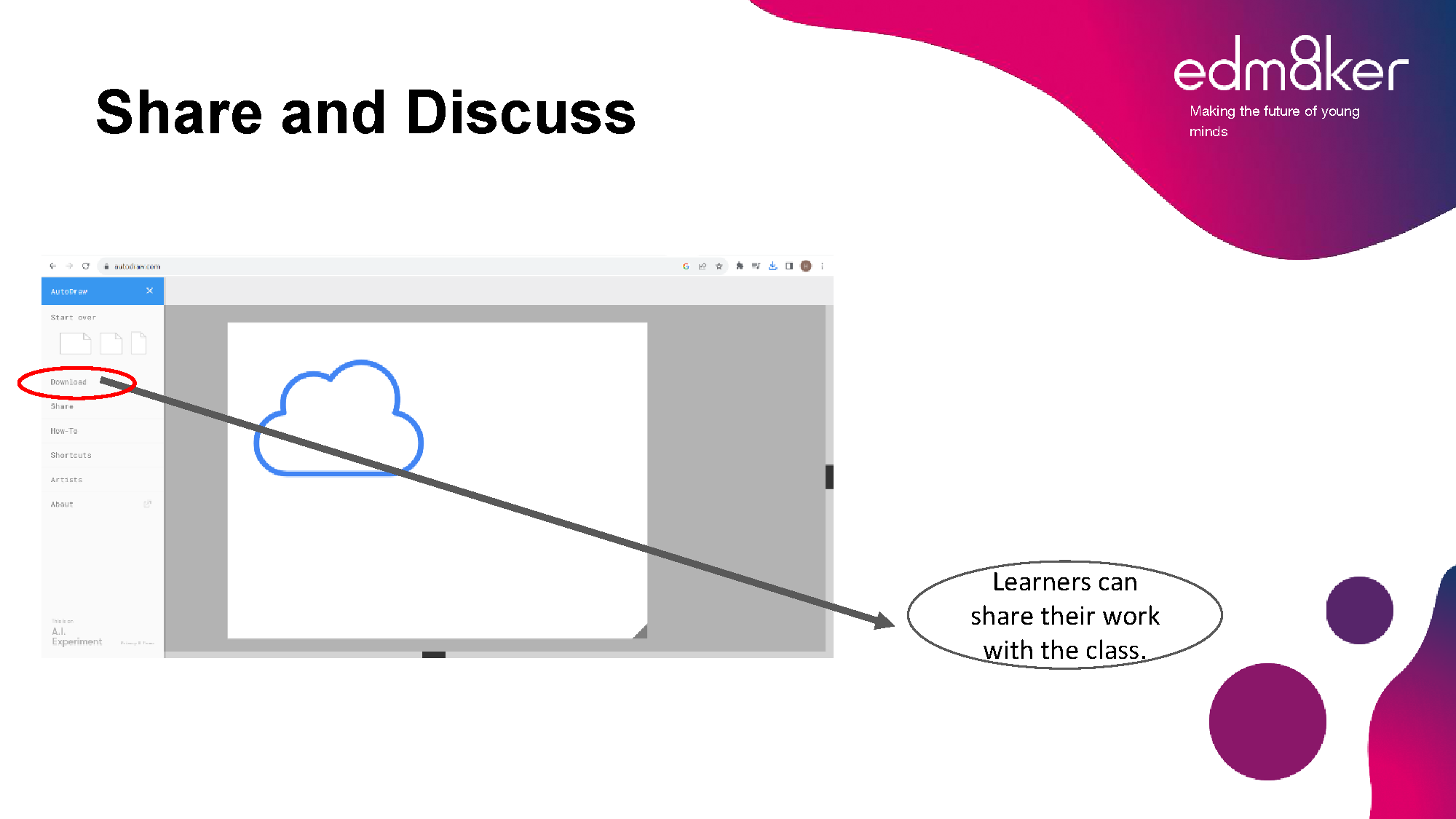
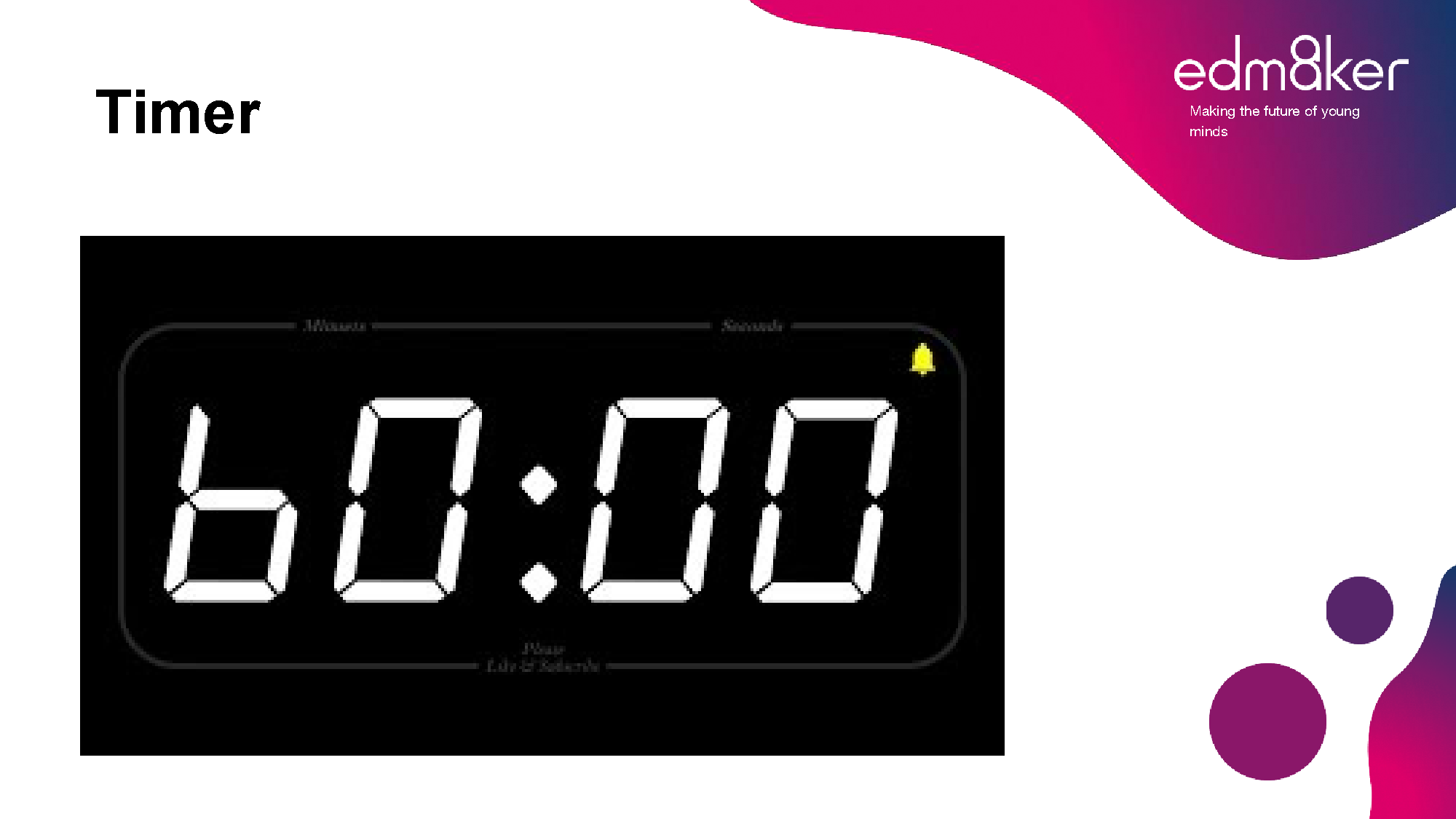
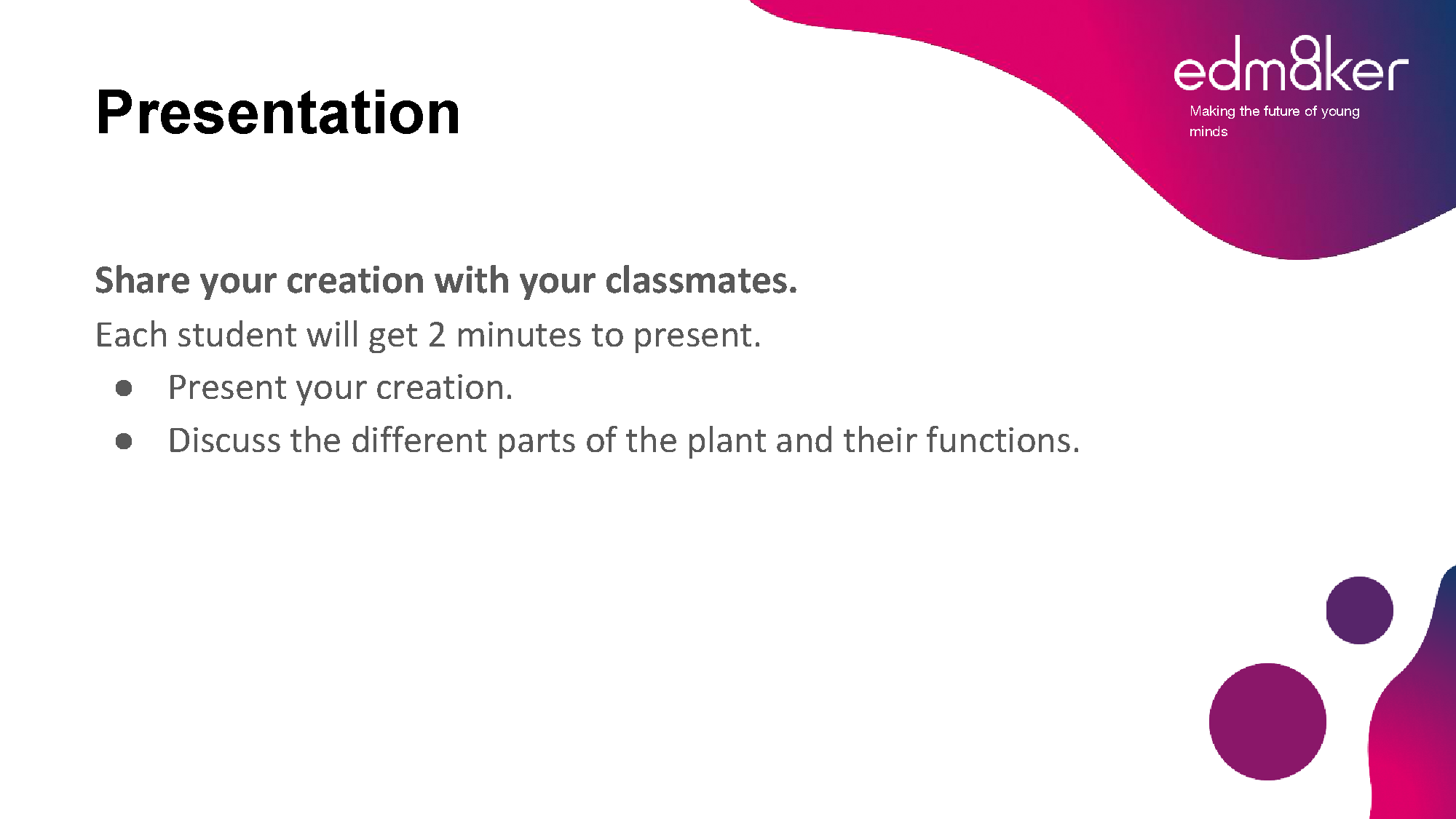







● Familiarize students with the essential parts of a plant and their functions.
● Spark curiosity about plant anatomy.
● Deepen understanding of the functions of each plant part.
● Emphasize the power of visual learning.
● Reflect on the experience and insights gained from the activity.
● Encourage peer interaction and discussions.